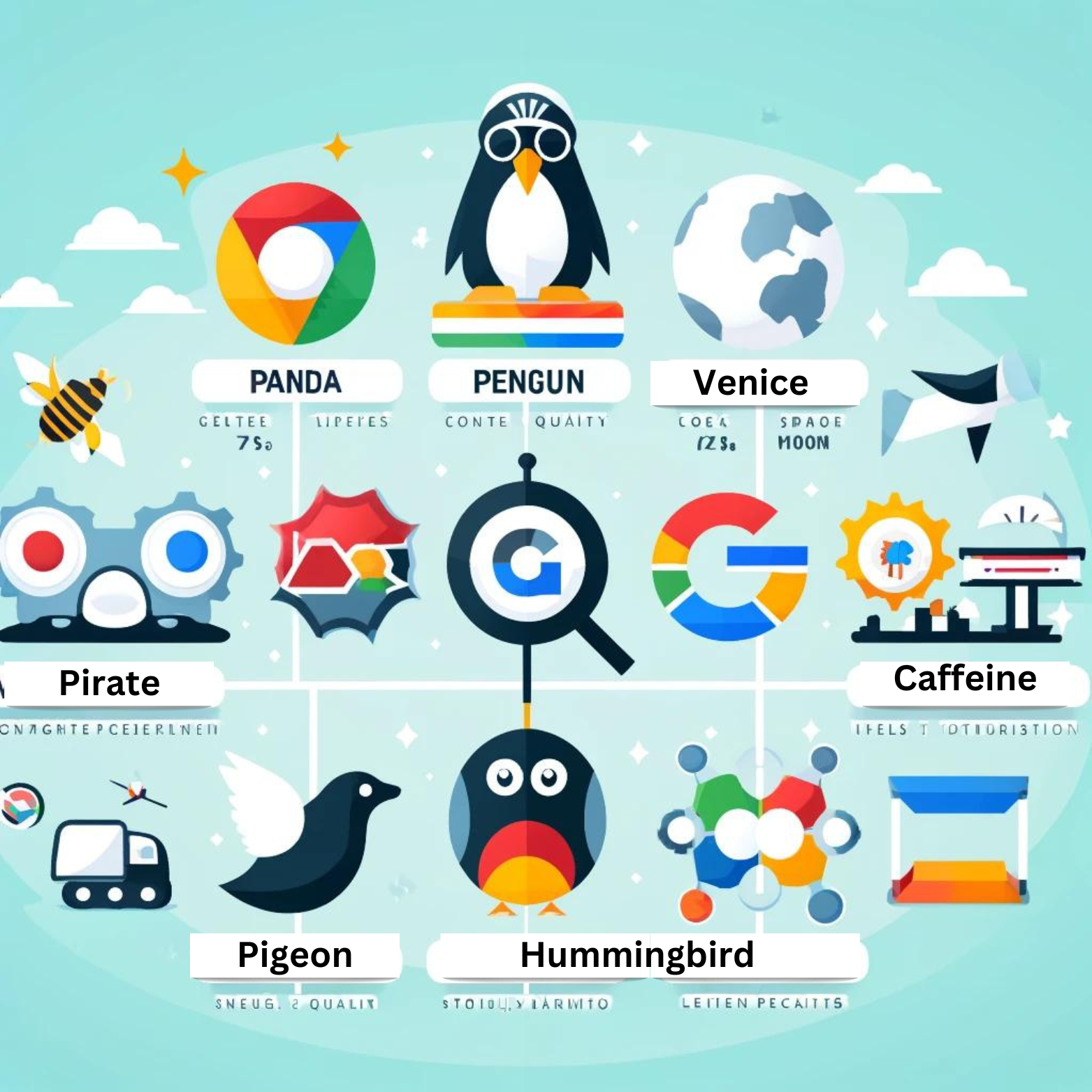Brief overview of digital marketing
Understanding the fundamentals of digital marketing is essential for everyone, not just professional marketers, in today’s internet-driven world. In the digital age, digital marketing is a multifaceted approach that aims to engage clients online through a variety of platforms.
However, what exactly is digital marketing? It’s a general word for any kind of marketing that connects with consumers through digital channels like websites, email, social media, and search engines. Digital marketing provides a more direct and interactive approach to customer involvement than traditional marketing techniques like print and TV advertisements.
As we explore digital marketing, we’ll uncover its different types, each with unique purposes and strategies. This guide is designed to help beginners, whether entrepreneurs, business owners, or digital enthusiasts, understand the fundamentals and significance.
What is Digital Marketing

Although the word “digital marketing” may appear complicated, it is straightforward. It is the process of promoting and advertising goods, services, or brands through the use of digital channels and platforms, such as social media, search engines, emails, and websites. Digital marketing, which takes place solely online as opposed to traditional types of advertising like print or television, provides a dynamic and interactive means of reaching and interacting with consumers.
Accurate audience targeting is one of the main advantages of digital marketing. Businesses can, for example, use data analytics to customize marketing messages for particular demographic groupings, interests, or even individual online activities. A higher return on investment and more successful marketing initiatives are the results of this exact targeting. Digital marketing is a go-to tactic in the contemporary business toolset because it is also affordable for companies of all sizes. In the digital age, digital marketing provides avenues for small and large businesses alike to expand their consumer base and thrive.
The Various Types of Digital Marketing
Digital marketing isn’t a one-size-fits-all concept; it encompasses a variety of strategies and tactics, each serving different purposes and targeting various aspects of the online world. Here’s a look at some of the most significant types of digital marketing:
SEO involves optimizing your website and its content to rank higher in search engine results pages (SERPs). This is crucial because higher rankings typically lead to more traffic. SEO strategies include using relevant keywords, creating quality content, and ensuring your website is mobile-friendly and loads quickly.
Content marketing is all about creating and sharing valuable content to attract and engage a specific target audience. This could be through blogs, videos, infographics, or podcasts. The goal is to establish authority, build brand awareness, and keep your business top-of-mind when consumers are ready to make a purchase.
This kind involves advertising your business or goods on social media sites like Facebook, Instagram, Twitter, and LinkedIn. It takes more than just creating content; you also need to interact with your audience, create a community, and evaluate your engagement statistics to improve your strategies
4. Pay-Per-Click (PPC) Advertising
PPC is a model of digital marketing where marketers pay a fee each time their ad is clicked. It’s a way of buying visits to your site, rather than attempting to “earn” those visits organically. Google Ads is one of the most popular PPC advertising systems.
5. Email Marketing
Email marketing is still quite successful even though it’s one of the more traditional types of digital marketing. It involves sending personalized, targeted messages to your audience to inform, sell, or build loyalty. The key is to provide value in your emails and make them engaging
6. Affiliate Marketing
This is a performance-based marketing strategy where businesses pay commissions to external websites for traffic or sales generated from their referrals. It’s beneficial for both the advertiser and the affiliate – the advertiser gets increased traffic or sales, while the affiliate earns from their marketing efforts.
Understanding the many forms of digital marketing is not enough to navigate the terrain successfully. Integration is key. This means strategically combining various digital marketing types to create a cohesive, well-rounded online presence. Here’s how you can start integrating these strategies:
1. Cohesive Brand Message
Make sure the messaging about your business is the same on all digital marketing platforms. Whether you’re using email marketing, social media, or SEO, your main message should speak to your audience and represent the goals and values of your brand.
2. Leraging Data and Analytics
Make the most of data analytics to have a deeper understanding of your audience. Analyze user activity on several platforms to customize your marketing campaigns. Refine your email marketing plan, for instance, by using the information from your social media initiatives.
3. Cross-Promotion Across Channels
Distribute your material on many channels. Use your email newsletter to draw attention to an ongoing social media contest, for example, or publish your most recent blog article on your various social media platforms. This broadens the audience for your content and offers a more consistent user experience.
4. Test and Adapt
Digital marketing is ever-evolving. Regularly test different strategies, analyze the results, and be ready to adapt. What works for one brand may not work for another. Stay flexible and responsive to changing trends and audience preferences.
Integrating your digital marketing strategies isn’t just about using multiple channels; it’s about creating a seamless experience for your audience, where each channel supports and enhances the others. When done correctly, this integration can lead to more effective campaigns, better customer engagement, and improved Higher Return on Investment
Conclusion
As we’ve explored, digital marketing is an indispensable part of today’s business landscape. It’s not just a series of tactics but a holistic approach to reaching and engaging with a digitally savvy audience. Understanding the various types of digital marketing – from SEO and content marketing to social media and PPC – is the first step in harnessing its power.
We encourage beginners and aspiring digital marketers to dive deeper into each type, experiment, and find what best suits their or their business’s unique needs. The digital world is vast and ever-changing, but with the right knowledge and tools, it offers limitless possibilities for growth and connection.








